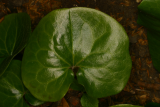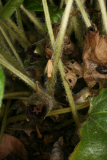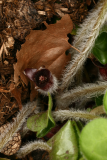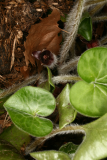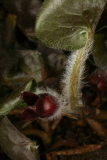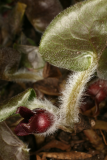Additional notes (click to expand)
Asarum europaeum L.
Family: ARISTOLOCHIACEAEGenus: Asarum
Species: europaeum L.
Common names: Wild Ginger; Asarabacca; Foalfoot; Hazelwort; Wild Nard
Pharmacopoeia Londinensis name: Asarum
Distribution summary: Western Europe
Habit: Perennial
Hardiness: H5 - Hardy; cold winter
Garden status: Currently grown
Garden location: Pharmacopoeia Londinensis 1618 'Roots' (HSE 3B), Pharmacopoeia Londinensis 1618 'Roots' (HSE 2B)
Flowering months: May, June, July, August
Reason for growing: Medicinal, toxic
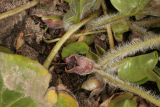

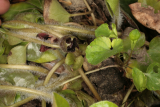
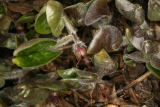
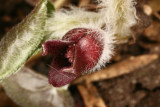
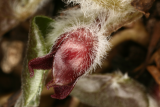
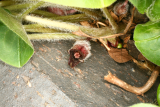
.JPG)
